Only three of the many encrypted postcards I have covered on this blog so far have remained unsolved. The one I am going to introduce today might be number four.
Over the last five years, I have introduced over 200 encrypted postcards on this blog. My readers solved all of them, except for three. One of the unsolved ones was sent from Zurich to Hamburg in 1886:
Apparently, the code used here is based on a codebook or a similar document (e.g., a catalog that assigns a code expression to each product). It is probably impossible to solve this encryption without having access to the codebook.
Already in 2014, I had introduced two more postcards my readers never could solve. They were sent to a woman in Kent, UK, in 1911:
It should be clear why these two messages have never been deciphered. The code used is apparently not an encryption code in the narrow sense, but an abbreviation code. Each letter in the message is probably the starting letter of a word. Such a cryptogram doesn’t have a unique solution. It can only be decrypted if one finds an unabbreviated version of the message (i.e., the cleartext).
Abbreviation codes are nothing unusual. The Freemasons and the Oddfellows used codes like this for their mnemonic books. The following specimen …
… was solved by my readers (Gordian Knauss found out that it was a booklet used by the Oddfellows; Nick Pelling found an unabbreviated version of it).
The most famous presumed abbreviation cryptogram is the Taman Shud message (left behind by the Somerton Man).
The Taman Shud cryptogram was found in 1948. The letter frequencies are consistent with the starting letters of an English text. The solution has never been found.
When googling for encrypted messages, I recently found another (presumed) abbreviation code postcard. The picture side shows the battle ship HMS Russell:
The card was sent to a recipient living in Melton-Mowbray near Leicester in 1913. Here’s the message with the encoded part:
If the code used is really an abbreviation code, it is as good as impossible to decipher this cryptogram. However, my presumption could be wrong. Can a reader find out more? Can somebody even break this encryption?
Follow @KlausSchmeh
Further reading: An encrypted postcard from 1909
Linkedin: https://www.linkedin.com/groups/13501820
Facebook: https://www.facebook.com/groups/763282653806483/

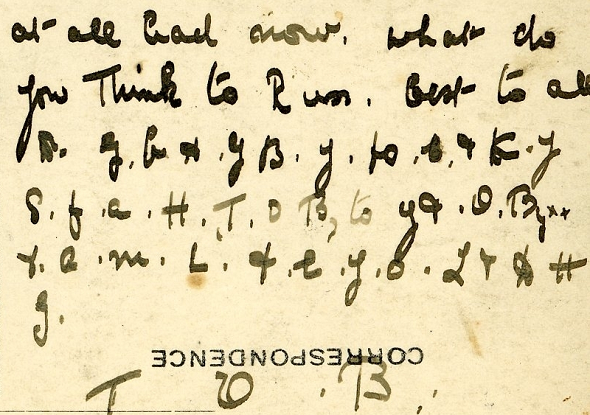
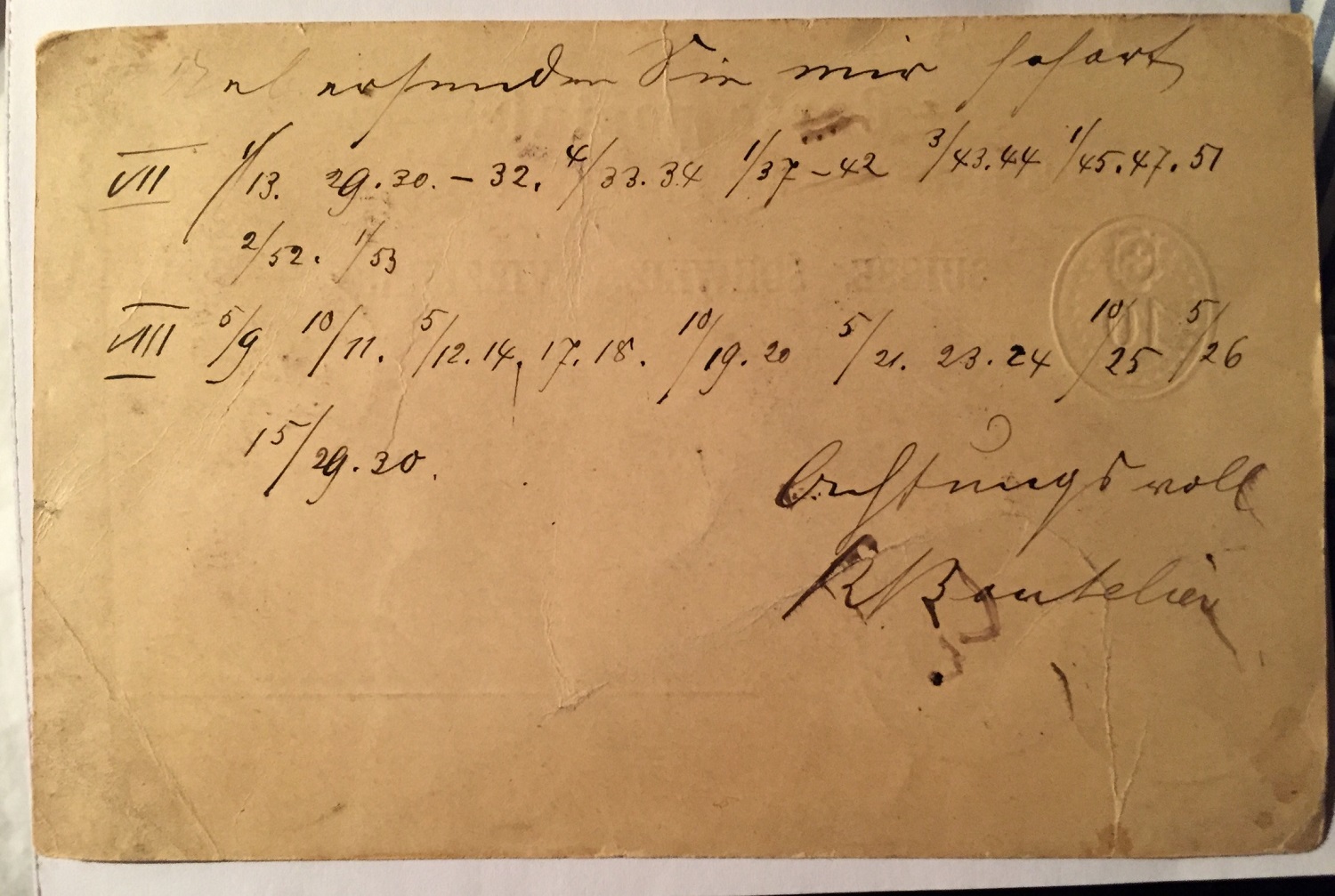

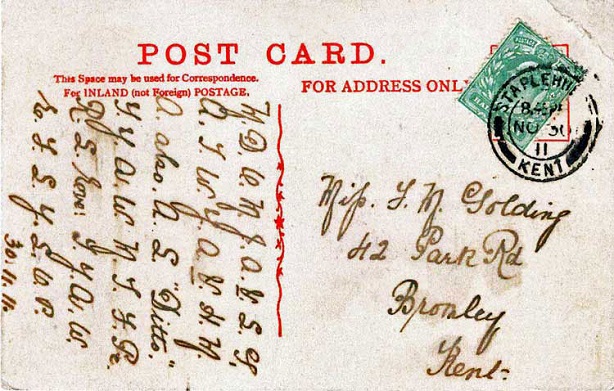
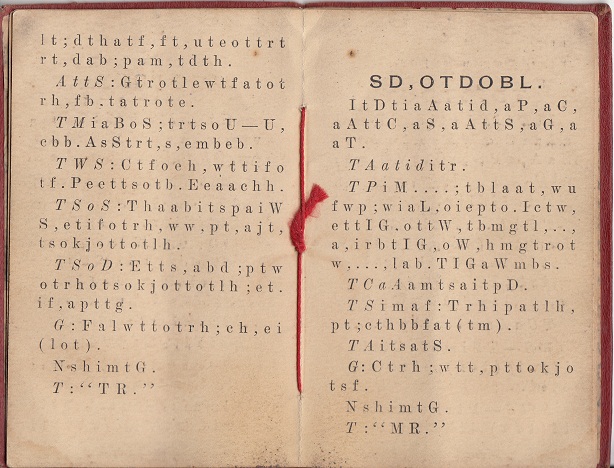
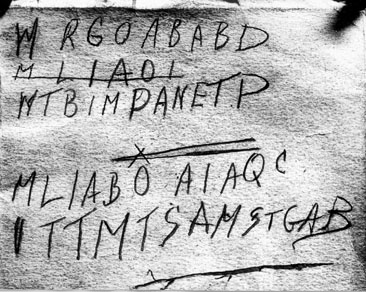
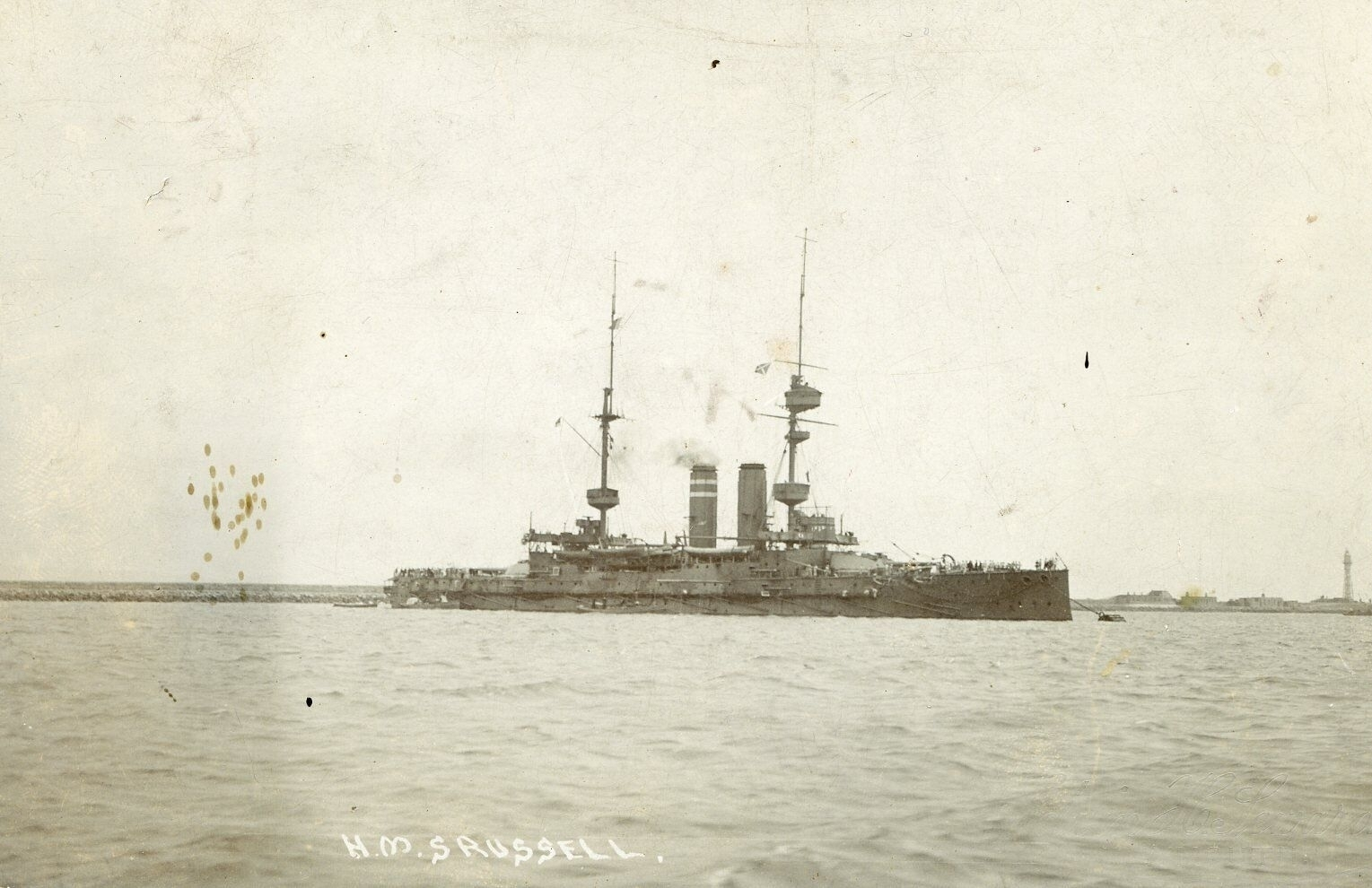
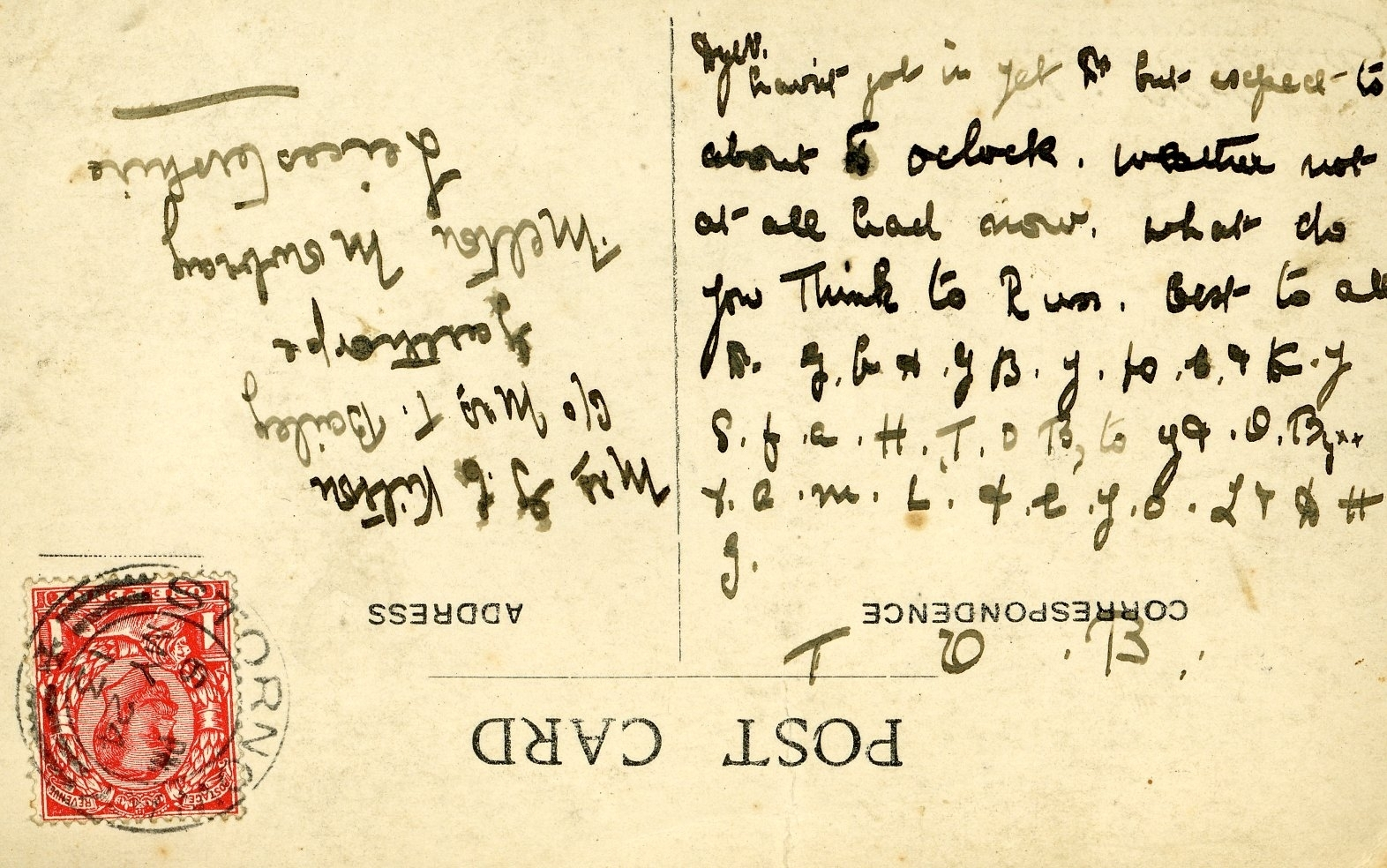

Kommentare (7)